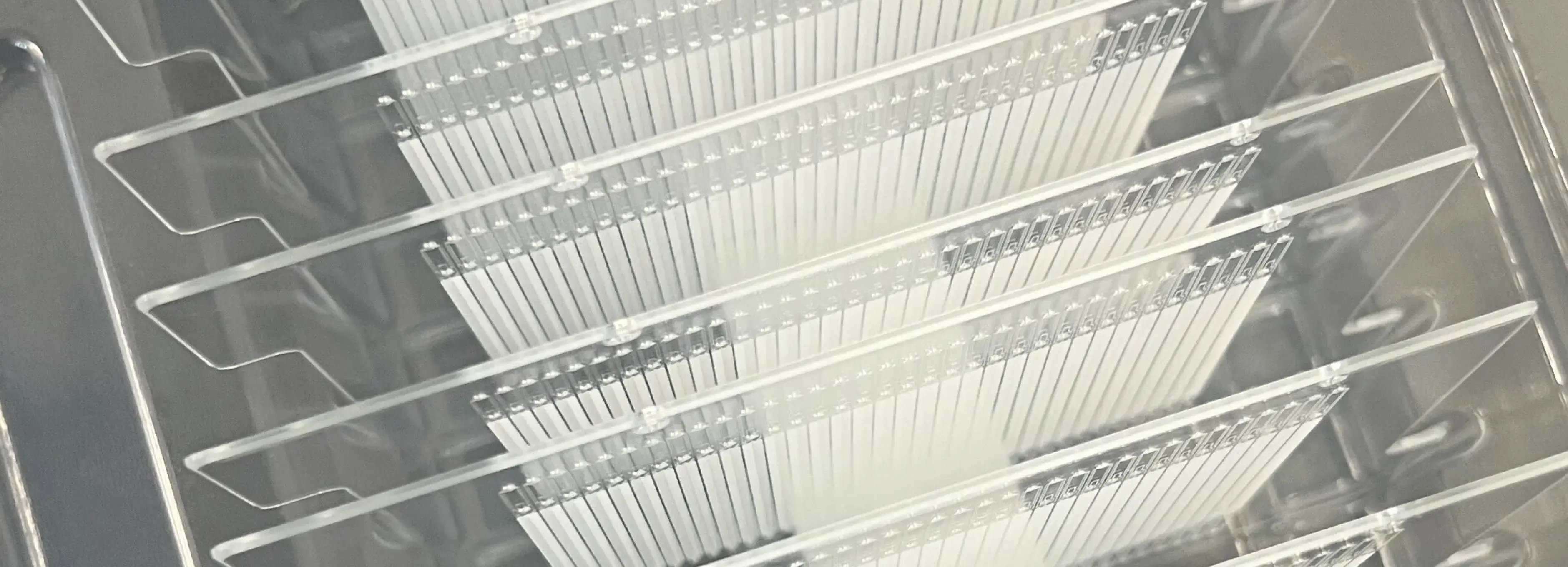
Resources
Materials Selection
Use this list of example materials to
find technical information and download data sheets.
Design Guidelines
Streamline your development process with our technical design requirements
Review Design GuidelinesCase Studies
Explore our case studies to see how Edge has successfully delivered innovative manufacturing solutions across various industries.
Read our Case StudiesRequest a sample
Request a sample microwell array slide featuring a dense array of 50 µm microwells created with Edge's compression molding process.
Request a SampleMicrowell Calculator
Streamline lab work with our Microwell Calculator for precise volume and concentration calculations.
Use our Microwell CalculatorMicropore Filter Calculator
Use this micropore filter calculator to determine the pore coverage percentage and the manufacturability of the desired design.
Use our Micropore Filter Calculator